
1) Check Your Reports (Even if you Think They’re Blank) and Fix Errors
You might not have a score yet, but you may still have a credit file (for example, if you’ve had a phone plan, a student account, or prior identity mix-ups). Pull your reports to confirm what’s actually on record and dispute any mistakes.
- Use the government’s portal to learn how to access your free reports: USA.gov: Credit reports and scores.
- Learn how to dispute errors directly with the credit bureaus and furnishers: CFPB: Credit reports and scores.
If you spot accounts that aren’t yours, act quickly. Report identity theft at IdentityTheft.gov, and consider placing a security freeze to block new accounts until things are resolved: USA.gov: Credit freeze.
Pro tip: Open (or maintain) a checking/savings account and keep it in good standing. Lenders often consider your banking history and relationship when you’re new to credit.
2) Prequalify Without a Hard Pull
Many issuers allow you to “prequalify” using a soft inquiry (which doesn’t impact your score). This helps you gauge your approval odds for starter products before you submit a real application.
- Learn the difference between hard and soft inquiries at the CFPB’s Ask CFPB portal: Ask CFPB.
Look for language like “See if you’re prequalified” or “Check for offers with no impact to your credit score.”
3) Choose the Right First Card For No-Credit Applicants
The right match depends on your situation:
- Secured card: Best for most beginners. You put down a refundable deposit (e.g., $200–$500) equal to your credit limit. Use it like a regular card, pay on time, and you’ll build credit.
- Student card: If you’re in college and have income, some student cards allow approval with limited or no credit history.
- Credit union starter card: Credit unions can be more flexible and member-friendly (and often have lower fees).
- Retail/store cards: Easier approvals, but often high APRs and narrow usage; proceed carefully and only if you can avoid interest.
To compare terms and fees, review issuer agreements via the government’s database: CFPB Credit Card Agreements.
4) Apply Strategically and Set up Autopay Day One
When you’re ready:
- Submit one strong application (not multiple at once). A single hard pull is normal; several in a short timeframe can hurt.
- Provide accurate, stable information: consistent address, proof of income, and contact details.
- Enable autopay for at least the minimum due. Ideally, pay in full each month to avoid interest.
Tip: If you’re under 21, you’ll need independent income or a cosigner due to the CARD Act rules. Read more about credit card rules at the CFPB’s credit card pages.
5) Use Your Card to Build a Score—Fast and Safely
- Keep your utilization low (aim under 10–30% of your limit). For a $300 limit, try to keep your statement balance under $30–$90.
- Always pay on time. On-time payments are the single biggest factor in your score.
- Don’t carry a balance for the sake of “showing activity”—it’s a myth. You can build credit while paying in full.
- After 5–7 on-time payments, ask for a credit limit increase or, for secured cards, ask about upgrading to unsecured and getting your deposit back.
Best First-Card Options When You Have No Credit History – How to Choose the Right Credit Card with No Credit History
Here’s a practical overview of beginner-friendly paths:
| Option | Best for | Pros | Watch-outs |
|---|---|---|---|
| Secured credit card | Most beginners | High approval odds, refundable deposit, builds history | Deposit required; check annual fees |
| Student Credit Card | College students with income | Low/no fees, student perks, builds history | Must prove student status/income |
| Authorized user | Those with a trusted family member | No application; piggybacks on a good history | Their late payments/high balances can hurt your score |
| Credit union starter card | Members or eligible joiners | Member-friendly terms, local support | May require membership and account setup |
| Retail/store card | Shoppers at one brand | Easier approvals | High APRs, limited use, temptation to overspend |
Secured Credit Cards
A secured card is the most reliable path for people with no credit. You place a refundable deposit to “secure” your line. Over time—typically 6–12 months—responsible use can qualify you for an upgrade to an unsecured card. Learn how secured cards work from the CFPB: what is a secured credit card.
What to look for:
- Reports to all three bureaus (Experian, Equifax, TransUnion).
- Low or no annual fee.
- Path to graduation (clear upgrade process and timeline).
Student Credit Cards
If you’re enrolled in college and have income, student cards can be a great first approval. They often have no annual fee and straightforward rewards. Be aware of rules for applicants under 21 under the CARD Act; check the CFPB’s credit card pages for your rights.
Become an Authorized User
If a parent or partner has an older account with a spotless payment history and low utilization, ask to be added as an authorized user. Many issuers report AU accounts to your file, giving you the benefit of that positive history. Understand the implications first: CFPB on authorized users.
Best practices:
- Ensure the primary cardholder keeps balances low and pays on time.
- Confirm the issuer reports authorized users to all major bureaus.
- You don’t have to use the card to benefit; simply being added can help.
Credit-Builder Loans (not a card, but powerful)
A credit-builder loan from a credit union or community bank isn’t a credit card, but it’s a smart complement if you’re starting from zero. You “repay” a small amount monthly into a locked savings account; on-time payments are reported to the bureaus. Explore how to manage your reports and scores at the CFPB’s resource hub: CFPB: Credit reports and scores.
Credit Unions and Community Banks
Credit unions are member-owned and often more flexible with newcomers. You can search for a local one with the official NCUA locator: NCUA Credit Union Locator. Opening a checking/savings account and setting up direct deposit can also strengthen your relationship before you apply.
How to Get a Credit Card with no Credit History as a Student or Newcomer
If you’re under 21 (CARD Act rules)
The CARD Act limits approvals for people under 21 unless they can demonstrate independent income or apply with a cosigner. This protects students from overextension, but it means you should gather documentation of income (wages, scholarships that count as income, etc.) before applying. Learn more about cardholder protections at the CFPB’s credit card pages.
Smart moves for students:
- Start with a student card or secured card.
- Keep an emergency-only mindset until your budget and payment habits are solid.
- Consider becoming an authorized user on a parent’s account to establish history faster.
New to The U.S.? Use an ITIN and Build From There
If you don’t yet have a Social Security number (SSN), some issuers accept an Individual Taxpayer Identification Number (ITIN). Apply for or learn about ITINs through the IRS: IRS: Individual Taxpayer Identification Number (ITIN).
Tips for newcomers:
- Open a U.S. checking account and set up direct deposit if possible.
- Start with a secured card that accepts ITINs and upgrade later.
- Keep every bill paid on time—mobile, internet, and utilities (if they’re reported through rent/utility reporting services) can strengthen your profile indirectly.
What Card Issuers Look for When You Have No Credit
Even without a score, issuers consider:
- Income and employment stability (to estimate your ability to pay).
- Housing and time at current address.
- Banking relationship (existing checking/savings accounts).
- Application accuracy and consistency.
- Responsible use of similar products (e.g., a credit-builder loan).
Make it easy to say yes:
- Use a professional email address and consistent contact info.
- Avoid typo mistakes on your application.
- If your income is variable, provide recent pay stubs or bank statements.
Use Your First Card the Smart Way (and build a score in months)
Here’s a simple 90-day plan:
Month 1:
- Put 1–2 predictable bills on the card (streaming, phone).
- Set autopay on the full statement balance.
- Make one small manual payment mid-cycle to keep utilization extra low.
Month 2:
- Keep your statement balance under 10–30% of your limit.
- Check your statements and mobile alerts weekly.
- Confirm the account is reporting to all three bureaus.
Month 3:
- Continue on-time payments.
- If everything looks good, ask for a small credit limit increase (CLI).
- With a secured card, ask about the upgrade path to unsecured and timeline for a deposit refund.
Long-term habits:
- Pay in full, on time—every time.
- Keep old accounts open (age of credit matters).
- Review statements monthly to catch errors or fraud early.
- Avoid unnecessary fees: late fees, cash advances, or foreign transaction fees (pick the right card if you travel).
Common Pitfalls to Avoid
- Applying for multiple cards at once.
- Carrying a balance you can’t pay off (interest adds up fast).
- Maxing out your limit—even temporarily (high utilization can tank scores).
- Ignoring annual fees and APR terms.
- Closing your first card too soon (it often becomes your oldest account).
If you suspect identity theft or see unfamiliar accounts, report it promptly at IdentityTheft.gov and consider a freeze at USA.gov: Credit freeze.
FAQ: How to get a credit card with no credit history
How long does it take to get a credit score from scratch?
With an active, reporting account, many people see a score generated within about six months. The exact timing varies by bureau and data reporting cycles.
Do debit cards or prepaid cards build credit?
No. Debit and prepaid cards don’t typically report to credit bureaus. Credit cards (secured or unsecured) and certain loans (like credit-builder loans) are the primary tools that build credit history.
What minimum income do I need for approval?
There’s no fixed number—it depends on the issuer, the card, and your other obligations. For beginners, consistent income and low debt-to-income ratio help. You’ll certify your income on the application; make sure it’s accurate.
Will a secured card hurt me?
Used properly, no. A secured card is simply a tool to get started. Choose a card with low fees, pay on time, keep balances low, and look for a clear path to upgrade and get your deposit back. You can confirm how secured cards work via the CFPB’s guide.
What if I’m denied?
- Read the adverse action letter to see why.
- Fix the issue (income, errors on your report, too many recent inquiries).
- Build a bit more history (e.g., credit-builder loan, authorized user).
- Try again in a few months with a different product, ideally after prequalifying.
Trusted government resources
- Understand your rights, compare agreements, and learn card basics: CFPB credit cards
- Review and improve your reports and scores: CFPB: Credit reports and scores
- Get your free reports and learn the rules: USA.gov: Credit reports and scores
- Stop identity theft and get a recovery plan: IdentityTheft.gov
- Freeze/unfreeze your credit (free): USA.gov: Credit freeze
- Find a credit union near you: NCUA Credit Union Locator
- Don’t have an SSN yet? Learn about ITINs: IRS: ITIN
- Review card terms straight from issuers: CFPB Credit Card Agreements
Final word
You don’t need a long history—or any history—to get started. The most reliable path is simple: pick a beginner-friendly product (secured or student card, or a credit union starter), apply after prequalifying, enable autopay, and keep your usage low. Within a few months of consistent, on-time payments, you’ll start to see your efforts reflected in your score, opening the door to better cards and lower borrowing costs across the board.
READ MORE:
- Step-by-Step Guide: How to Build Credit with a Secured Credit Card in the USA
- Best Credit Cards for Rebuilding Credit No Deposit Expert Guide
- What You Should Know About the Daily Withdrawal Limit on Netspend Cards















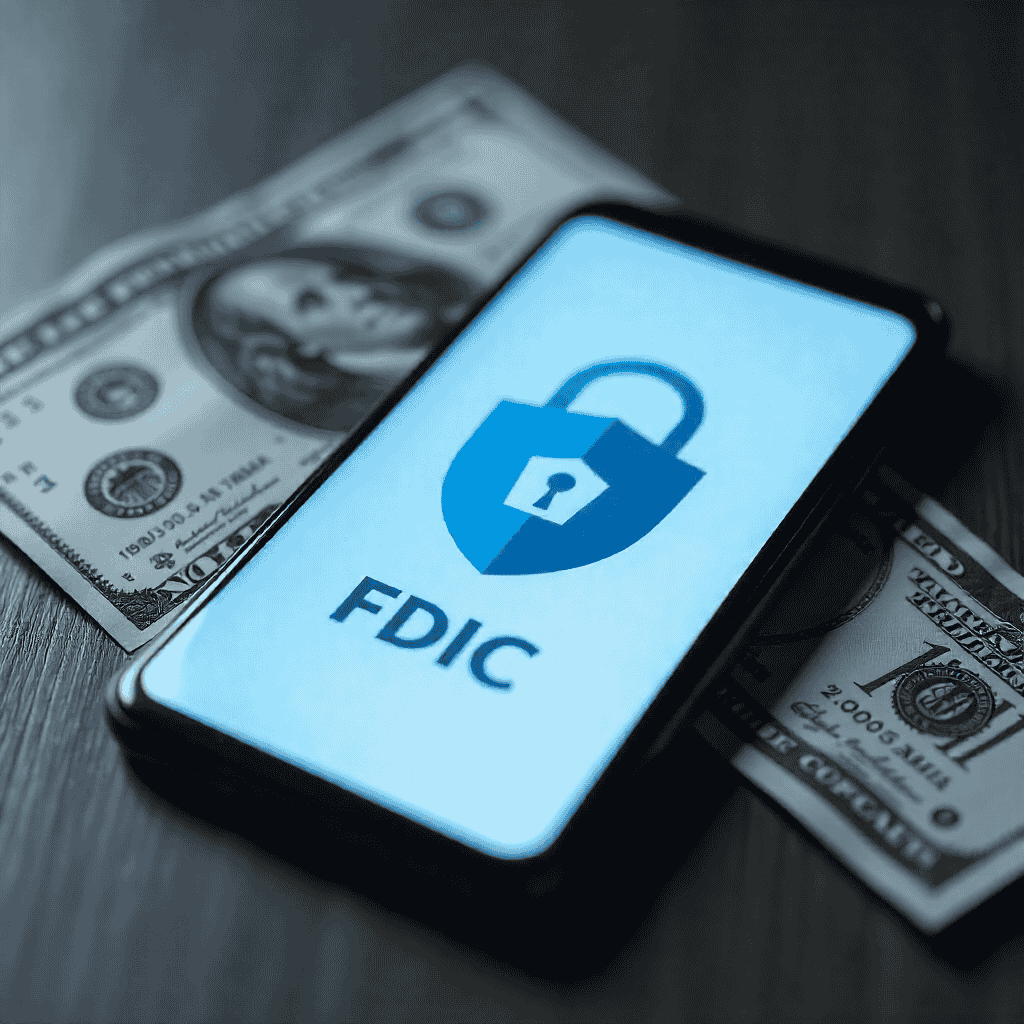


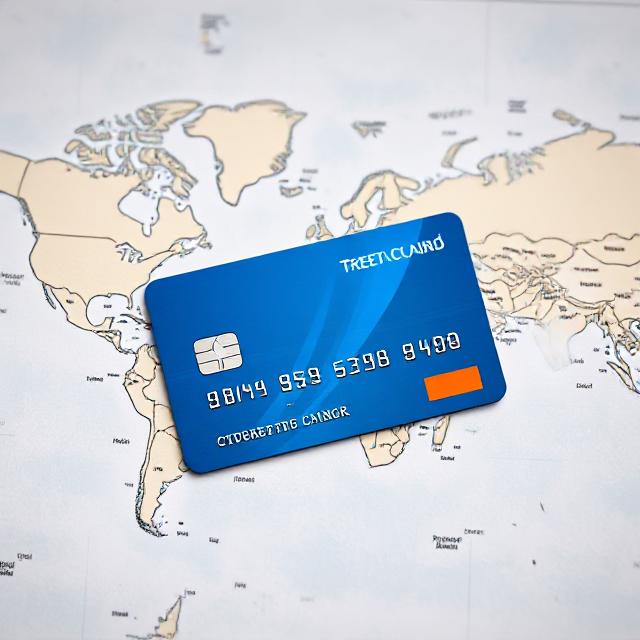
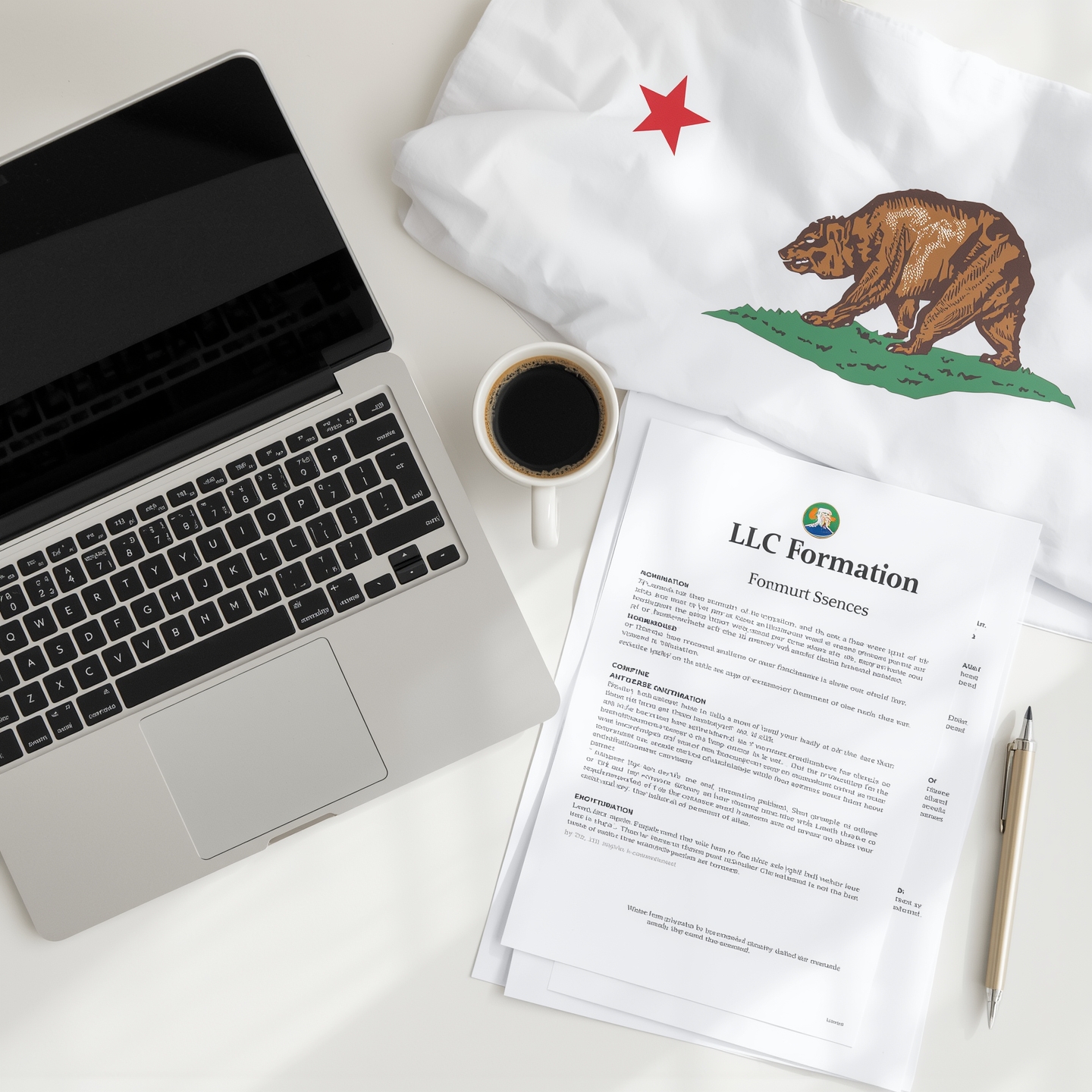
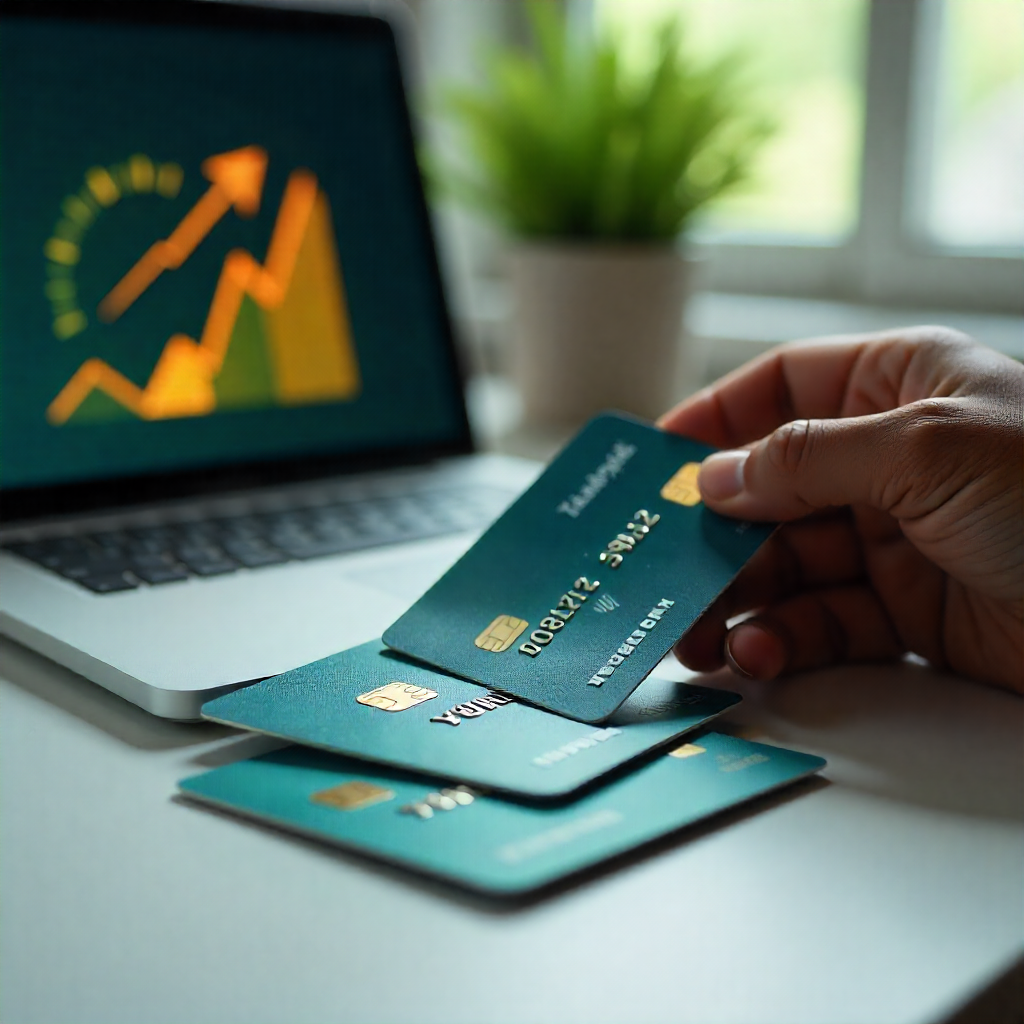





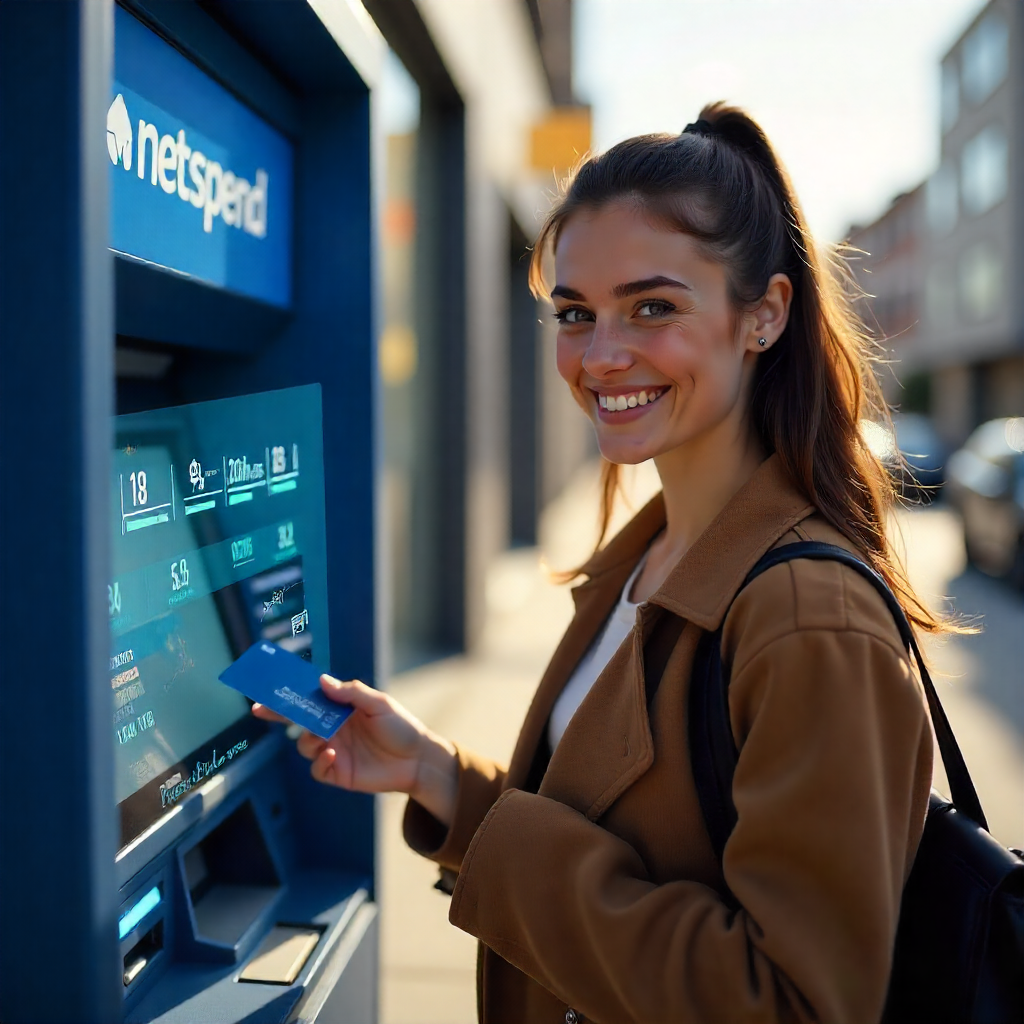

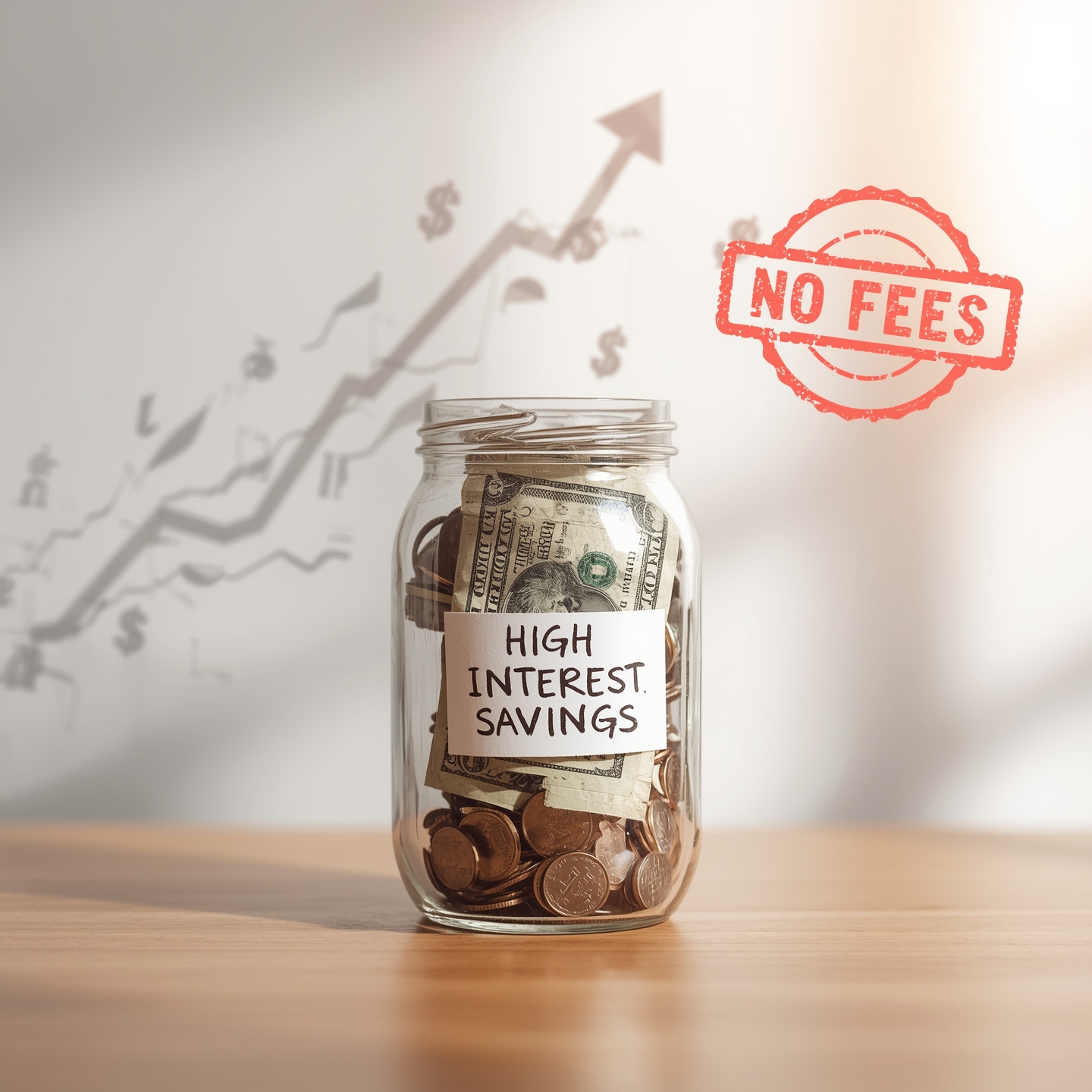
2 comments on “How to Get a Credit Card with No Credit History: Step-by-Step (U.S.)”